Transversus Abdominus And Its Role In Lumbar Spinal Stabilization
Spinal stability is dependent upon three sub-systems: the active or contractile system, the passive or non-contractile system and the neural control system. (Panjabi, 1992). If dysfunction is present in any one or a combination of these sub-systems, the stabilizing capacity of the spine will be compromised and painful movement more likely to occur. While all muscles contribute to spinal stability and movement, some are better suited than others to provide dynamic stability. In the lumbar spine (L/S), the deeper muscles, close to the axis of joint motion, with a predominance of Type I muscle fibers, have proven more effective as stabilizers than the larger, more superficially located lumbar spinal muscles.
Research has shown that: 1) people with low back pain (LBP) present with atrophy and altered activation of the deep spinal muscles when compared with persons without LBP (Hodges et al., 1996; Hides et al., 1994) and 2) the deep spinal muscles play a key role in developing inter-segmental motion stiffness which translates into improved dynamic control of the spine (Hodges et al., 2003).
Transversus Abdominus (TA) is an important dynamic stabilizer of the L/S. TA is able to directly increase intra-abdominal pressure which converts the trunk into a more solid cylinder. This reduces compression and shear forces acting on the L/S and transmits them over a wider area (Twomey & Taylor, 1987). TAs attachment to the thoracolumbar fascia further increases its ability to stabilize the L/S.
The success of specific spinal stabilization training for TA and other deep muscles lies in: 1) teaching clients to activate the dysfunctional muscle in isolation of other muscles; 2) effectively retraining slow twitch muscle fiber function through isometric contractions (low loads, sustained hold times); 3) repetition: to aid motor reprogramming; 4) teaching co-contraction of the target muscle, first with other deep muscles, then the global muscle network and 5) training carryover for physical and functional tasks of increasing levels of difficulty.
“Exercises that target the deep abdominal muscles with minimal external loading in the spine have been shown to be effective in increasing lumbar stability, thus treating and preventing the recurrence of LBP.” (Teyhen et al., 2008; Axler & McGill, 1997).
The physiotherapists at Corona Station Physical Therapy recognize the importance of specific exercise prescription and a properly executed home exercise program to ensure optimal rehabilitation results. Time is spent educating the client as to the importance of the exercises they are given, while frequent review ensures proper exercise technique and allows for appropriate progressions. We believe it pays to be picky! For more information, please contact us at the clinic by phone or email and ask to speak to one of our physiotherapists.


